Glacier National Park is home to a variety of wildlife, including several species of snakes and insects. However, due to the park’s colder climate and high elevation, the diversity of reptiles such as snakes is relatively low compared to warmer regions. there are still some species that have adapted to survive in this unique environment:
Garter Snakes (Thamnophis spp.): These non-venomous snakes are among the most common reptiles in North America. Garter snakes are known for their distinct stripes that run along their bodies, often in various shades of green, brown, or black. They are adaptable and can be found in a variety of habitats, including forests, grasslands, and near water sources. In Glacier National Park, they usually inhabit areas with suitable moisture and food sources.
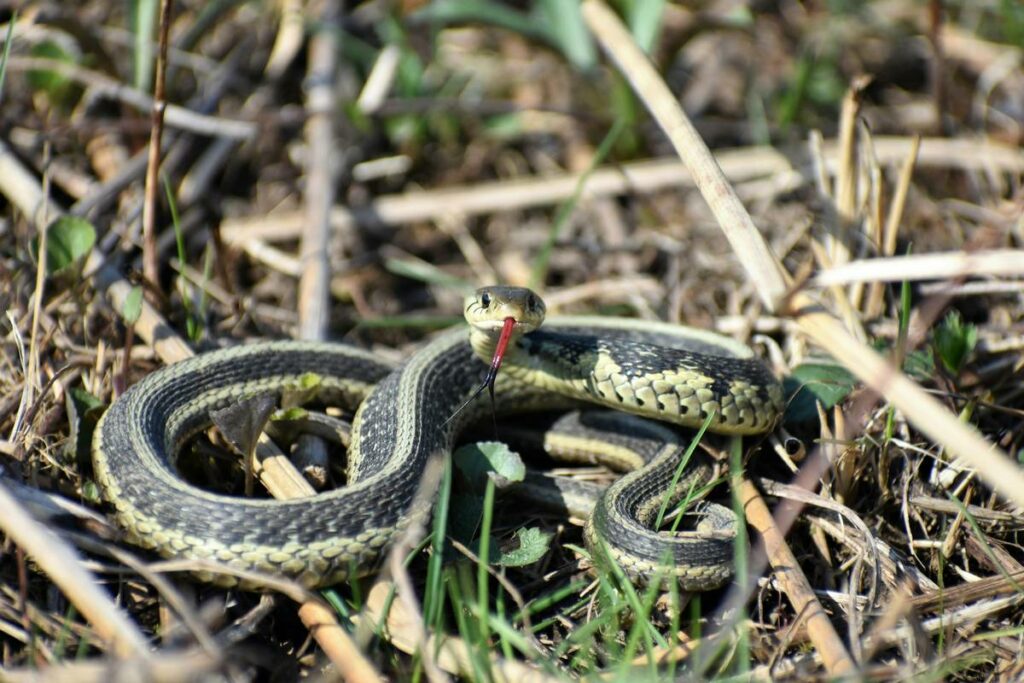
Rubber Boa (Charina bottae): This is a smaller and relatively secretive snake found in parts of the park. Known for its docile nature and ability to withstand colder temperatures, the rubber boa prefers forested areas with ample ground cover. These snakes are non-venomous and feed primarily on small mammals, making them a valuable component of the park’s ecosystem.
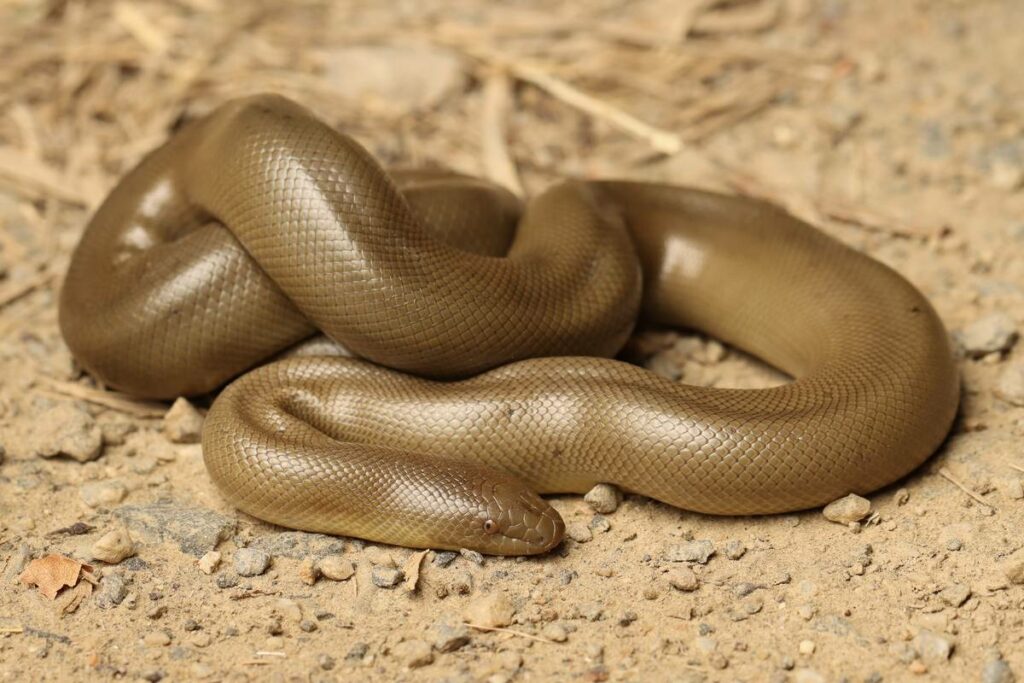
Given the colder climate of Glacier National Park due to its high elevation and mountainous terrain, the diversity and abundance of snakes are comparatively lower than in warmer regions. Additionally, snakes in this area often hibernate during the winter months to survive the harsh conditions, further limiting their visibility and activity within the park.
The diversity and distribution of insects in the park vary based on factors such as altitude, microclimates, and seasonal changes. Different elevations within the park support various habitats, ranging from alpine meadows to dense forests, influencing the types of insects present in each zone. Insects play a crucial roles in pollination, decomposition, and the overall ecosystem dynamics. Some notable insects found in the park include:
Butterflies: The park is home to a diverse array of butterfly species. Species like the monarch butterfly, known for their remarkable migrations can be spotted in certain seasons. Other species like swallowtails, fritillaries, and blues contribute to the park’s vibrant insect population. Butterflies are often found in meadows, near flowers and along trails, adding splashes of color to the landscape.
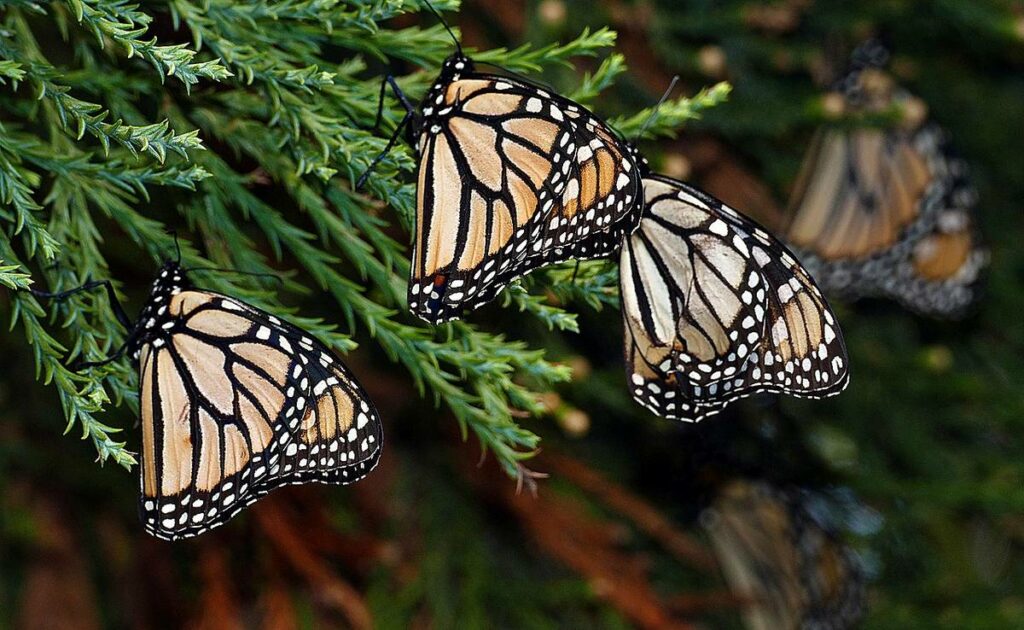
Bees and Wasps: Numerous bee and wasp species thrive in Glacier National Park, contributing significantly to pollination. Bees, such as bumblebees and solitary bees, play essential roles in plant reproduction by transferring pollen from one flower to another. Wasps, including paper wasps and yellow jackets are also part of the park’s insect diversity, albeit some can be more aggressive and territorial.
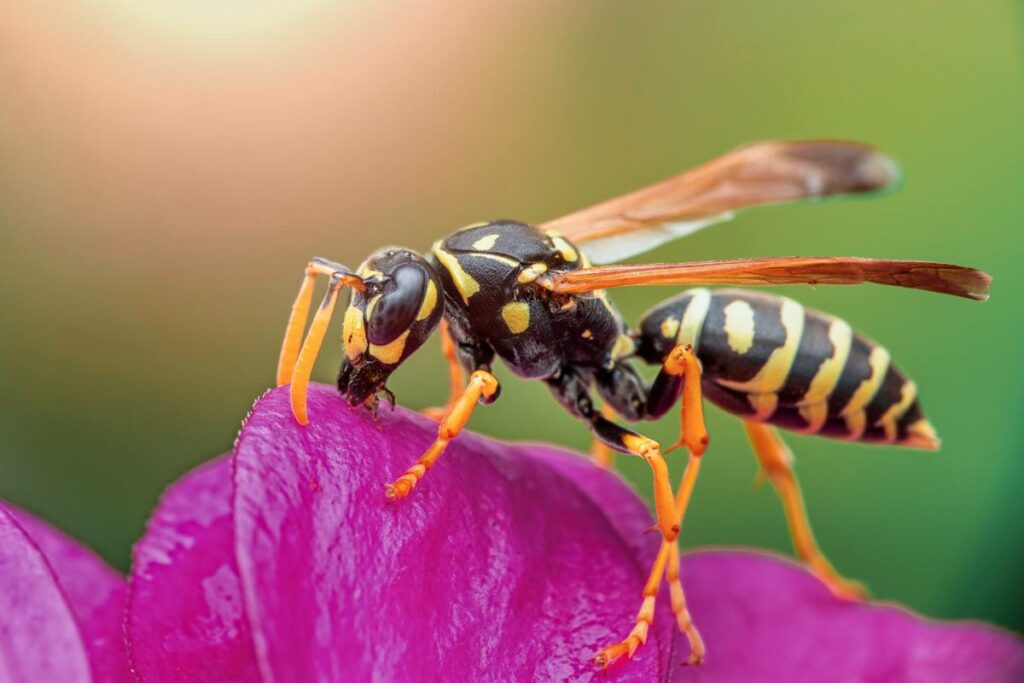
Mosquitoes: Like many wilderness areas, Glacier National Park has its share of mosquitoes. They are often present near water sources and in areas with standing water, especially during the warmer months. While they can be bothersome to visitors, they are an integral part of the ecosystem, serving as a food source for various birds, amphibians, and other insects.
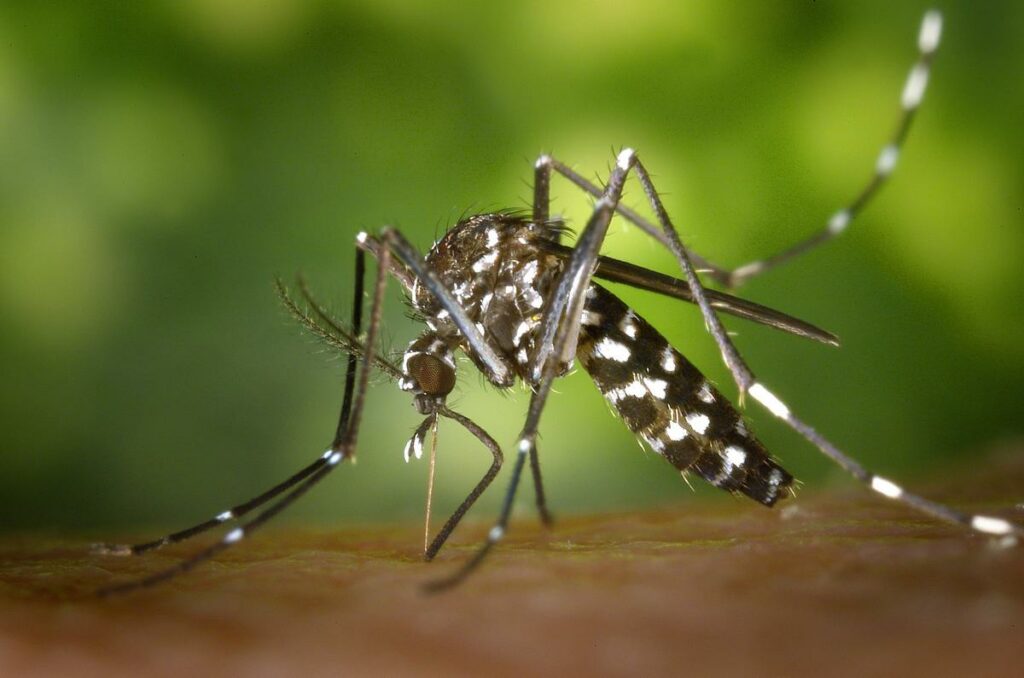
It’s important to note that snake and insect sightings can vary based on the season, weather conditions, and specific habitats within the park. Some species might be more prevalent at certain times of the year or in specific regions of the park due to their environmental preferences.
Natural Insect Repellents
If insects are affecting the quality of your wilderness adventure, natural insect repellents can be effective in deterring them as an alternative to chemical-based products.
Here are some commonly used natural repellents:
1. Essential Oils:
a. Citronella Oil: Derived from the lemongrass plant, citronella oil is effective against mosquitoes and has a pleasant scent. It’s often found in candles, torches, and sprays.
b. Lavender Oil: Known for its calming properties, lavender oil can also repel mosquitoes, flies, and moths.
c. Peppermint Oil: The strong scent of peppermint oil can deter mosquitoes, ants, spiders, and other insects.
d. Eucalyptus Oil: Particularly effective against mosquitoes, eucalyptus oil contains a compound called cineole, which acts as a natural repellent.
2. Herbal Repellents:
a. Neem Oil: Extracted from the neem tree, neem oil has insecticidal properties and works well against mosquitoes, ticks, and fleas.
b. Catnip: Catnip contains a compound called nepetalactone, which can be effective in repelling mosquitoes.
3. Other Natural Repellents:
a. Apple Cider Vinegar: When diluted with water and applied to the skin, apple cider vinegar can repel insects due to its strong odor.
b. Garlic: Eating garlic or rubbing crushed garlic on the skin can help deter mosquitoes and ticks due to its pungent smell.
c. Citrus Peels: Rubbing citrus peels like lemon or orange on the skin may repel insects. The high acidity and strong scent act as a deterrent.
Tips for Using Natural Repellents:
Dilution: Essential oils should be diluted with a carrier oil (such as coconut oil or jojoba oil) or water before applying to the skin to avoid skin irritation.
Patch Test: Before widespread use, perform a patch test on a small area of skin to ensure you don’t have any adverse reactions to the repellent.
Reapplication: Natural repellents might not last as long as chemical-based products, so reapply as needed, especially after sweating or swimming.
Clothing Treatment: Spraying or applying repellents to clothing can also help keep insects at bay.
Combining Methods: Consider combining different natural repellents or using them in conjunction with other preventive measures, such as wearing long sleeves and pants, using mosquito nets, and avoiding peak insect activity times.
It’s important to note that while natural repellents can be effective, their potency and duration may vary. Additionally, some individuals may have allergies or sensitivities to certain natural ingredients, so it’s essential to use them cautiously and discontinue use if any adverse reactions occur. It is best to test repellents before your trip to avoid adverse reactions in the wild.
Conclusion
Glacier National Park’s biodiversity extends beyond snakes and insects, encompassing mammals, birds, plants, and aquatic life. The park’s ecosystems are interconnected, forming a delicate balance where each organism plays a crucial role in maintaining the overall health and functioning of the environment.
Visitors to Glacier National Park have the opportunity to witness and appreciate this remarkable biodiversity while also learning about the importance of conservation efforts to protect these fragile ecosystems for future generations. As a UNESCO World Heritage Site, the park serves as a testament to the beauty and complexity of nature in a rugged and pristine wilderness setting.

